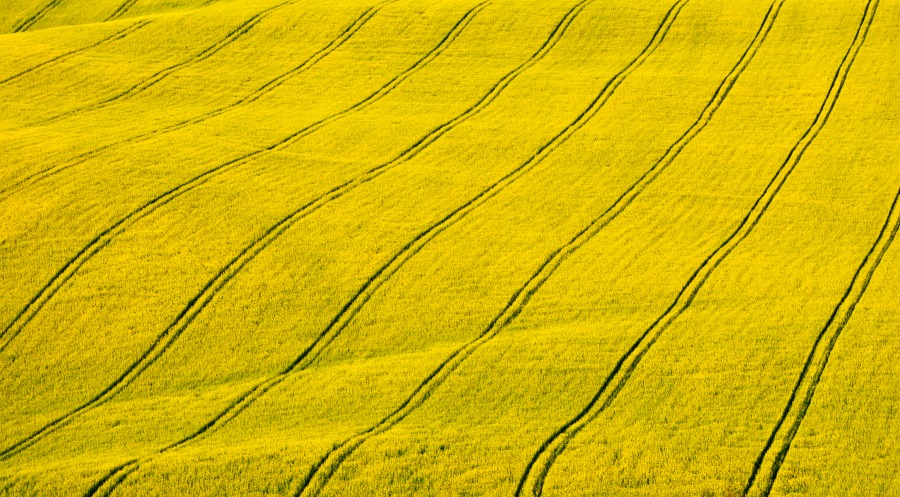
Being a photographer is a very intriguing and fantastic job, I think. Being able to capture special moments and places is simply amazing. But it is not as easy as you think, since it has some rules and requires knowledge.
In this article, I will write about shapes in photography, their meaning, types of shapes, shape elements, and so on. It will be an incredible journey, and I think that you will like to take place in this journey as well. So, let me start, please.
Key Takeaways
- If you want to be a great photographer, there are many things that you should know about photography.
- Shape in photography is one of the most important aspects that any photographer has to be informed about.
- There are many types of shapes, such as positive, negative, organic, and geometric.
- All of these shapes have different characteristics and are used for different purposes.

What is Shape in Photography?
I will immediately give the answer to your question and then continue to write about the topic in more detail. What is shape photography? Many of you want to know this, and you may think it has a complicated answer, but not at all.
The two-dimensional appearance of objects that your camera captures is photography’s shape. They are generally two-dimensional in length and width.
If you want to be able to work well with shapes and understand them fully, you should be able two visualize the abstract; for example: if you are taking a picture of a ball, you should think of it as a circle or a mountain, it is not a mountain it is a triangle, and so on.

Types of Shapes in Photography
Above, I provided a quick response to make you able to grasp what shape in photography generally implies. However, it is not that straightforward, and I have many others to discuss this topic and provide you with all the information you should know about shapes in photography. So, let’s now see the types of shapes and discuss them in greater depth.
Positive Shapes
We see a tree, and we immediately start to imagine the tree as a straight line, right? And yeah, this is a flattering shape, though. In other words, the shape that we think of first when we think of a shape of an object is positive. When we think of an object, and if there appears a shape in our mind, it is a positive shape.
Negative Shapes
Negative space is concerned as white space in general. So let me explain it to you basically and make it way easier for you to understand. For example, if the main object is the tree and we think of a tree as a straight line as a shape, the branches of the tree are the negative shapes in photography. So, I can describe a negative shape as a leftover space in the photo.
Organic Shapes
Take a stroll outside, and here are all the organic shapes that mother nature has gifted us with. Therefore, organic shapes are all shapes that are not geometrically perfect, so basically, making them essentially all-natural. Branches of trees are a perfect example of this, and so are the flowers and the clouds as well. I think that this was a great and simple explanation so you can understand it better.
Geometric Shapes
A geometric shape is totally the opposite of an organic shape since those shapes are just geometrically perfect and have very exact lines and curves. A building could be a perfect example of a geometric shape, as it resembles a rectangle and many more.
Elements in shape Photography
There is nothing to hesitate in mentioning lines as the most crucial shape element since, without lines, there won’t be any shapes. I say so because any shape is formed of straight or curved lines; it all depends on the type of the shape, but there are always lines available.
The texture is also a cutting-edge element of a shape in photography, and it is equivalent to the depth when we talk about the forms in photography. So, an image should feel like you are touching it and feeling the texture. If you see photography and think of it as “what a soft picture,” it means that it has excellent texture.
Photography should lead you somewhere, so the pattern is a remarkable element of a shape in photography. So this means that shapes always have a particular pattern, which will give you the feeling of going somewhere.
Final Words
Before concluding this article, I want to say something important: Photography is a bottomless pit, and there is a reason why I say so. Since there are many things, you have to know to be able to capture the most incredible photography. In this case, the main topic was photography’s shape, which is a crucial aspect.
Shapes are found all around us, everywhere we go, and everything we see is a shape basically, but capturing them in the best way possible is what differs a lot. I have also mentioned the types of shapes, and as you can see, there are different types, which the most I love capturing are the organic shapes,
I give my best to provide you with a fantastic article and write all the information you need to know. My main aim was to explain everything to you in a primary and significant way so you can understand it better.
I hope that you will like this article and find value in it.
Have a nice day!
Further Reading
I know that there are some article hunters, that can never get enough of reading, and for that reason, this is the right place where you can find out some other amazing articles.
As this article was for shape in photography, I guess that there are many people who also want to know about form in photography, if so, then check out this article and find out everything you need to know. Then immediately move on to another article if you want to read a guide that will tell you tips about fashion photographer.
Here is another intriguing article to read where you can find out amazing information about candid photography.

Wedding Photographer
From nature to urban landscapes, my camera is my tool for expressing my creativity and telling stories through my lens.



